Nationality United States Role Physicist Name Walter Kohn | ||
 | ||
Spouse Mara Schiff (m. 1955), Lois Kohn (m. 1948) Children Sharon Ruth Kohn, Marilyn Kohn, Martin Steven Kohn, Ros Dimenstein, Thomas David Kohn, Ingrid Kohn, Minna Kohn Books The University and the Nuclear Predicament Similar People | ||
Doctoral advisor Julian Schwinger Parents Salomon Kohn, Gittel Kohn | ||
Great people nobel prize winners about god part 28 walter kohn
Walter Kohn (March 9, 1923 – April 19, 2016) was an Austrian-born American theoretical physicist and theoretical chemist. He was awarded, with John Pople, the Nobel Prize in chemistry in 1998. The award recognized their contributions to the understandings of the electronic properties of materials. In particular, Kohn played the leading role in the development of density functional theory, which made it possible to calculate quantum mechanical electronic structure by equations involving the electronic density (rather than the many-body wavefunction). This computational simplification led to more accurate calculations on complex systems as well as many new insights, and it has become an essential tool for materials science, condensed-phase physics, and the chemical physics of atoms and molecules.
Contents
- Great people nobel prize winners about god part 28 walter kohn
- A fireside chat with nobel laureate professor walter kohn
- Early years in Canada
- Scientific career
- Death
- Honors and awards
- Selected publications
- References
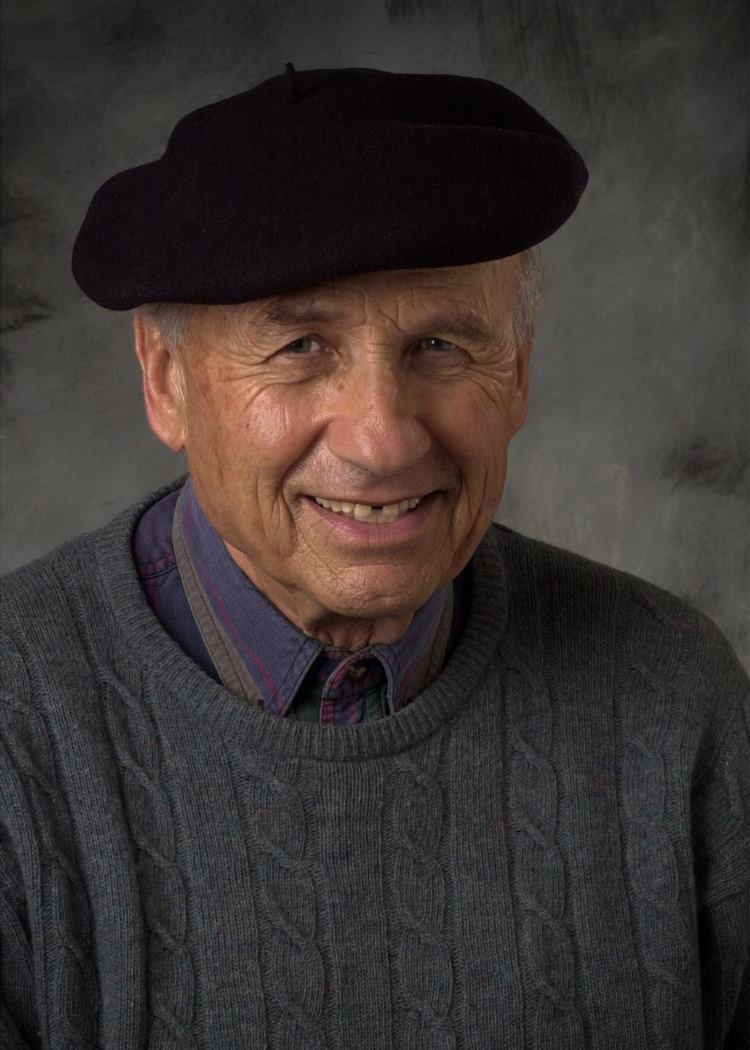
A fireside chat with nobel laureate professor walter kohn
Early years in Canada

Kohn arrived in England as part of the Kindertransport rescue operation immediately after the annexation of Austria by Hitler. He was from a Jewish family, and has written, "My feelings towards Austria, my native land, are – and will remain – very painful. They are dominated by my vivid recollections of 1 1/2 years as a Jewish boy under the Nazi regime, and by the subsequent murder of my parents, Salomon and Gittel Kohn, of other relatives and several teachers, during the Holocaust. ... I want to mention that I have a strong Jewish identity and – over the years – have been involved in several Jewish projects, such as the establishment of a strong program of Judaic Studies at the University of California in San Diego."
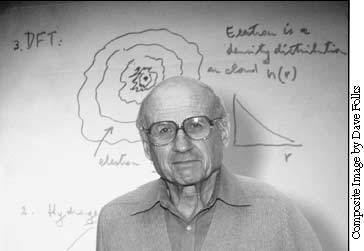
Because he was a German national, he was transferred to Canada in July 1940 after the outbreak of World War II. As a 17-year-old, Kohn travelled as part of a British convoy moving through U-boat-infested waters to Quebec City in Canada; and from there, by train, to a camp in Trois-Rivières. He was at first held in detention in a camp near Sherbrooke, Quebec. This camp, as well as others, provided a small number of educational facilities that Kohn used to the fullest, and he finally succeeded in entering the University of Toronto. As a German national, the future Nobel Laureate in Chemistry was not allowed to enter the chemistry building, and so he opted for physics and mathematics.
Scientific career
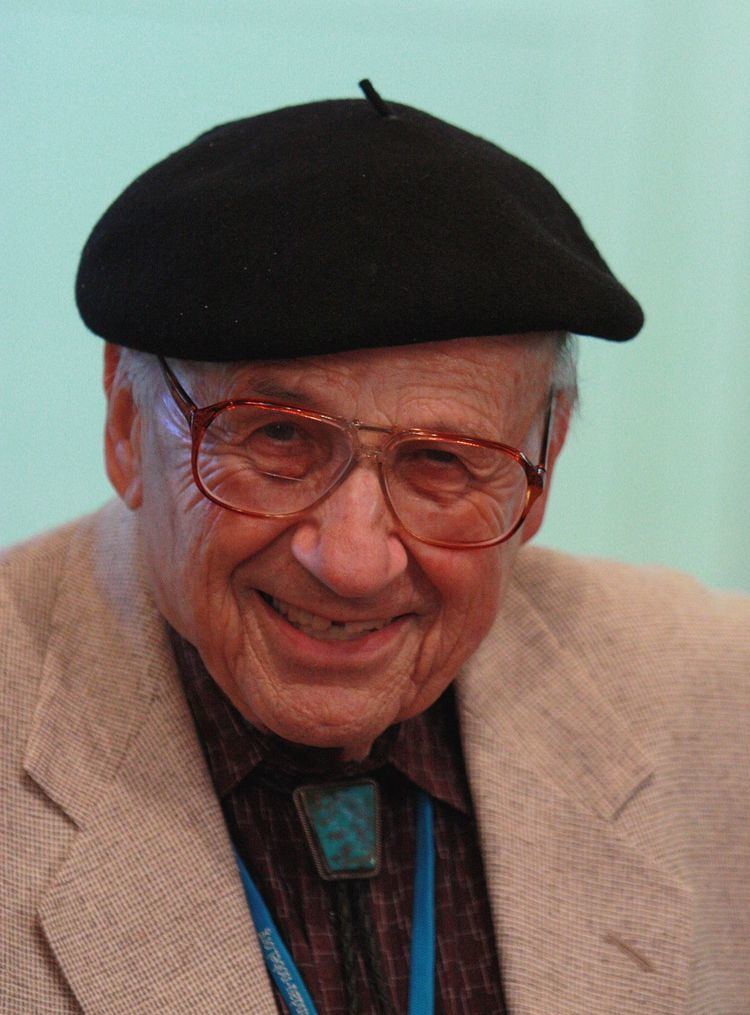
Kohn received a war-time bachelor's degree in applied mathematics at the end of his one-year army service, having completed only 2½ out of the 4-year undergraduate program, from the University of Toronto in 1945; he was awarded an M.A. degree in applied mathematics by Toronto in 1946. Kohn was awarded a Ph.D. degree in physics by Harvard University in 1948, where he worked under Julian Schwinger on the three-body scattering problem. At Harvard he also fell under the influence of Van Vleck and solid state physics.

He moved from Harvard to Carnegie Mellon University from 1950 to 1960, after a short stint in Copenhagen as a National Research Council of Canada post-doctoral fellow. At Carnegie Mellon he did much of his seminal work on multiple-scattering band-structure work, now known as the KKR method. His association with Bell Labs got him involved with semiconductor physics, and produced a long and fruitful collaboration with Luttinger (including, for example, development of the Luttinger-Kohn model of semiconductor band structure). In 1960 he moved to the newly founded University of California, San Diego, held a term as the physics department chair, and remained until 1979. It was during this period, he, along with his student Chanchal Kumar Majumdar developed the Kohn–Majumdar theorem related to Fermi gas and its bound and unbound states. He then accepted the Founding Director's position at the new Institute for Theoretical Physics in Santa Barbara. He took his position as a professor in the Physics Department at the University of California at Santa Barbara in 1984; where he worked until the end of his life.
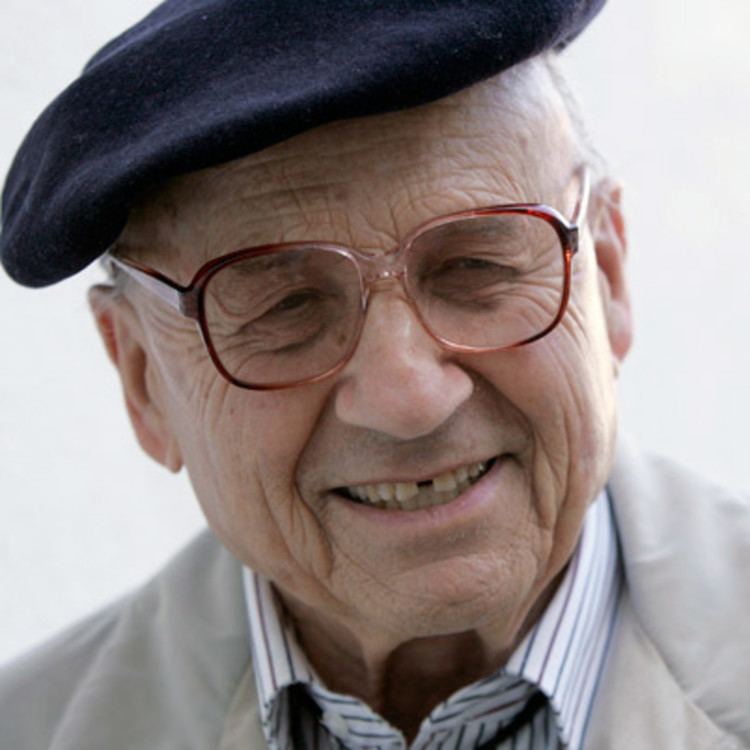
Kohn made significant contributions to semiconductor physics, which led to his award of the Oliver E. Buckley Prize by the American Physical Society. He was also awarded the Feenburg medal for his contributions to the many-body problem. His work on density functional theory was initiated during a visit to the École Normale Supérieure in Paris, with Pierre Hohenberg, and was prompted by a consideration of alloy theory. The Hohenberg–Kohn theorem was further developed, in collaboration with Lu Jeu Sham, to produce the Kohn-Sham equations. The latter is the standard work horse of modern materials science, and even used in quantum theories of plasmas. In 2004, a study of all citations to the Physical Review journals from 1893 until 2003, found Kohn to be an author of five of the 100 papers with the "highest citation impact", including the first two.
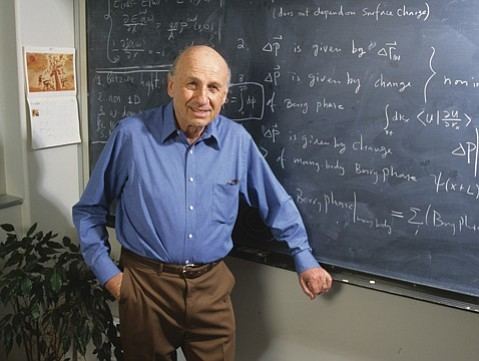
In 1957, he relinquished his Canadian citizenship and became a naturalized citizen of the United States.
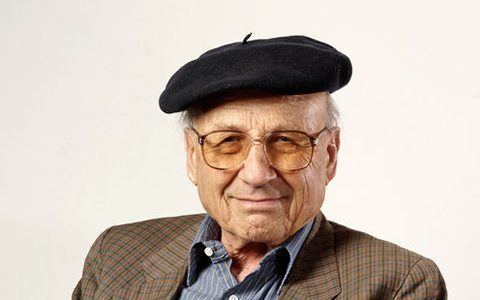
In 1963 Kohn became a Member of the American Academy of Arts and Sciences and in 1969, a Member of the National Academy of Sciences. In 2011, he became an honorary member of the Austrian Academy of Sciences (ÖAW). He was also a Member of the International Academy of Quantum Molecular Science.
Death
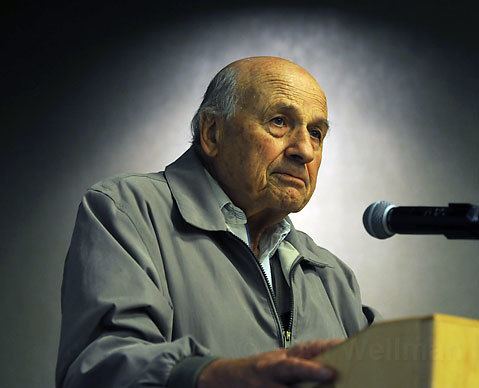
Kohn died on April 19, 2016 at his home in Santa Barbara, California from jaw cancer, at the age of 93.
